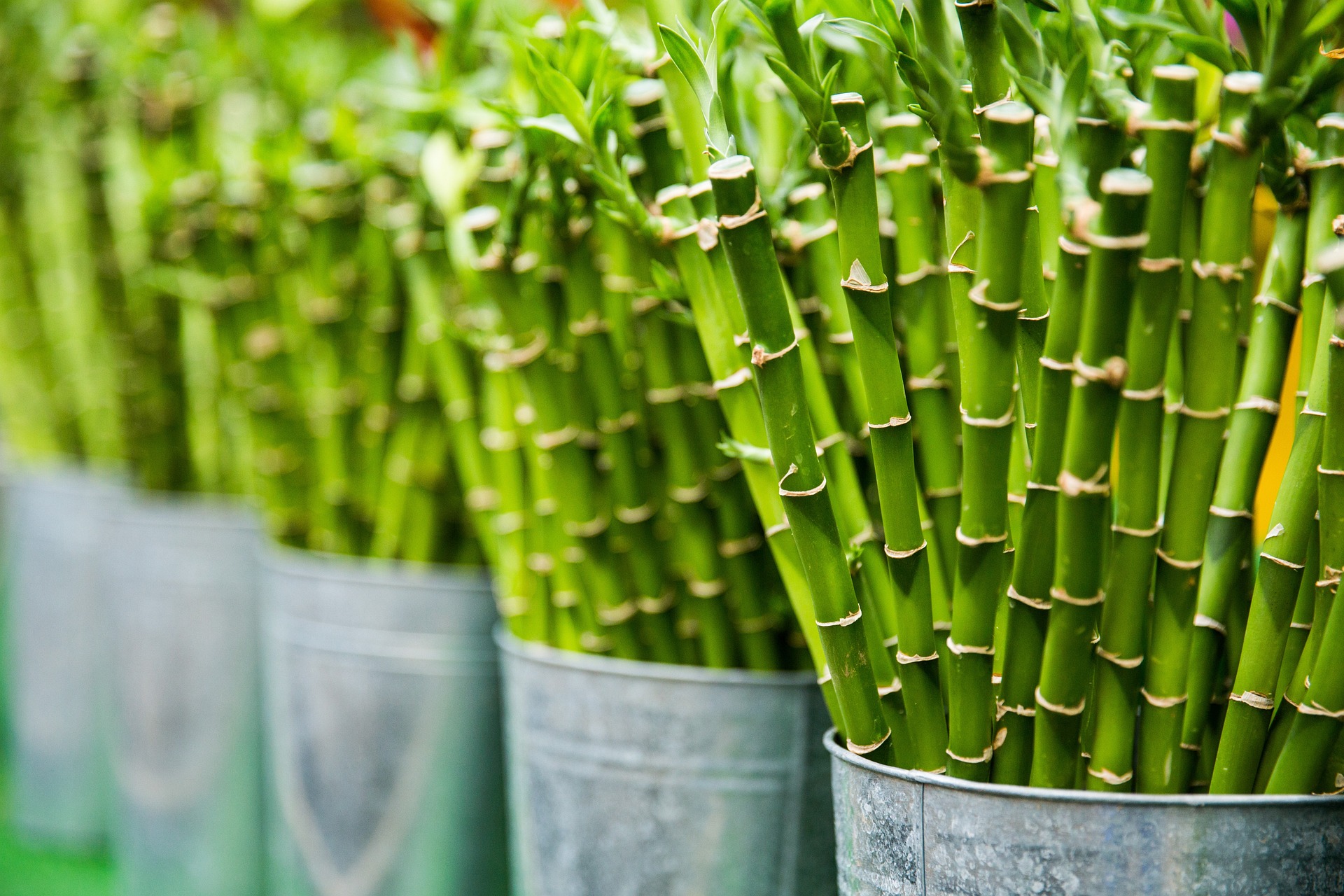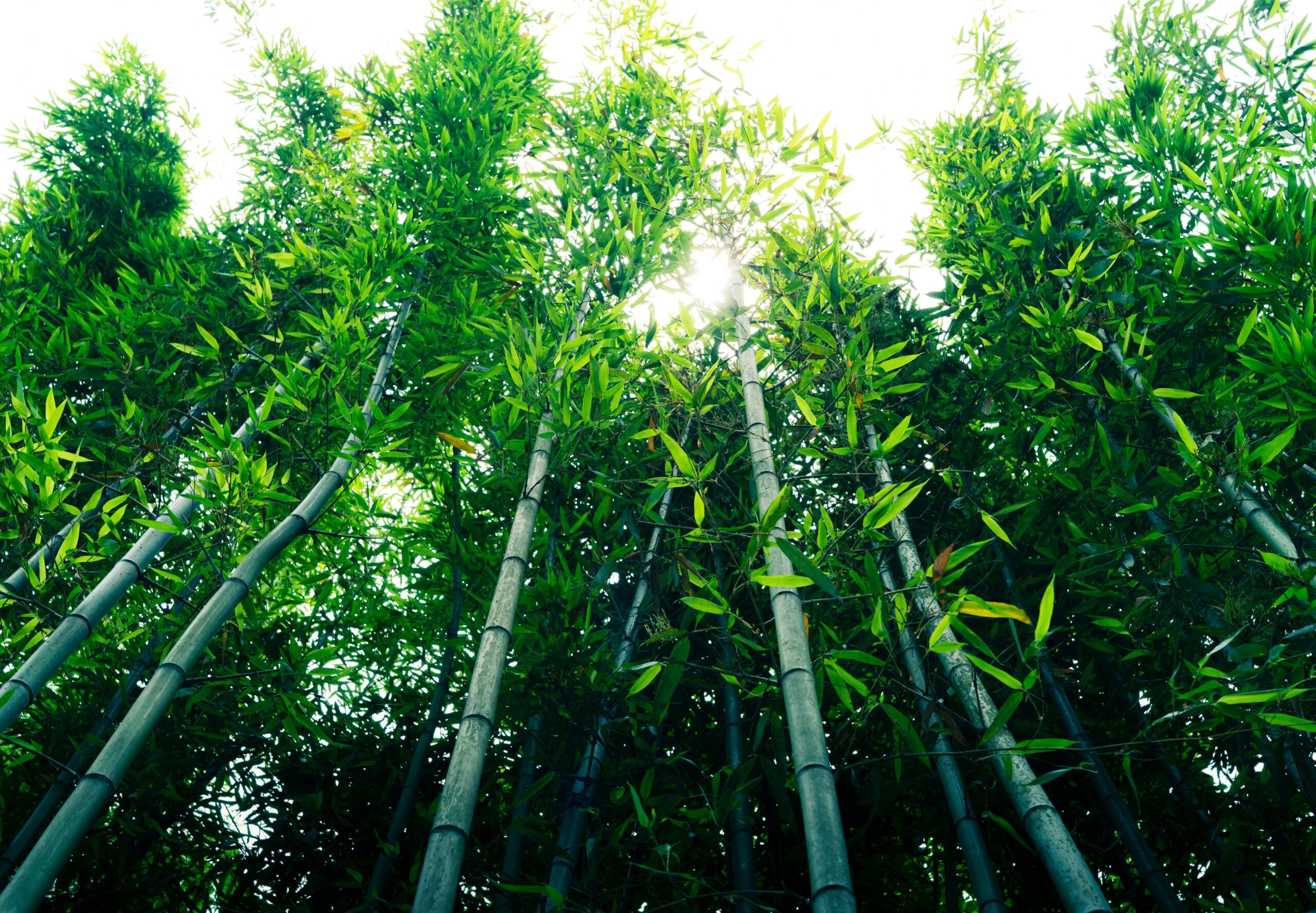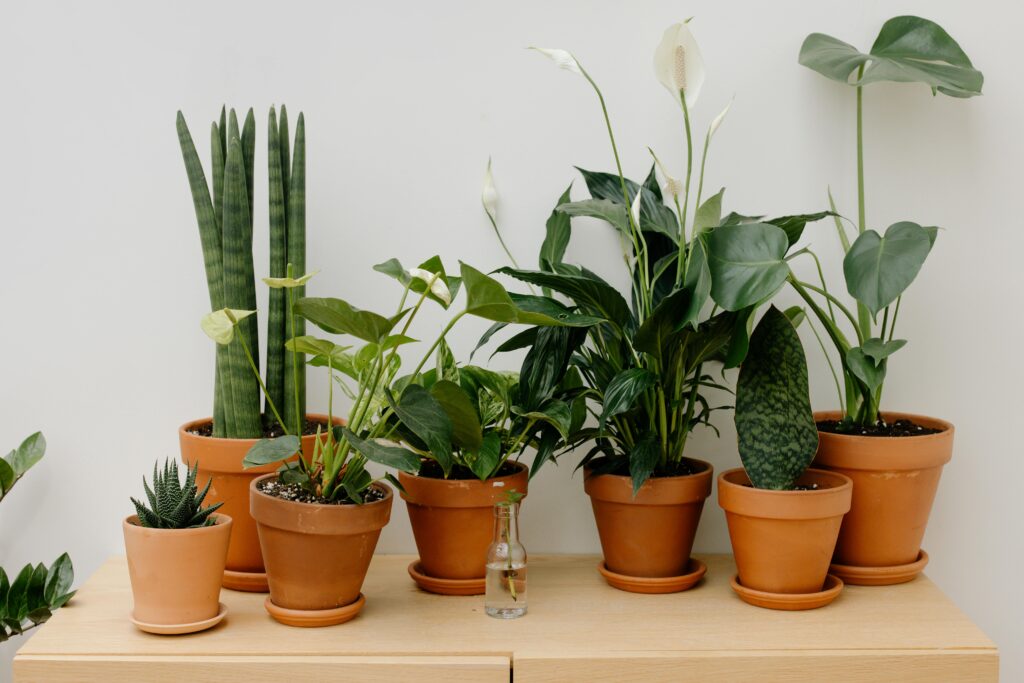Learn which Indoor Bamboo Plant species are best combined with care instruction, appropriate lighting requirements, appropriate watering schedules, pruning steps, and propagation methods for keeping a thriving bamboo plant at home.

Table of Contents
Why Choose Indoor Bamboo Plant
Having bamboo plants as indoor plants is an attractive and maintenance-free solution. They provide a new and sophisticated image whilst accommodating a range of lighting needs. Sleek and clean design of the bamboo plants, a combination with air-purifying properties and auspicious symbolism makes the bamboo plant the favored choice for users who are looking for good energy. Bamboo’s flexibility enables them to be flourishing in home and office settings.
Bamboo Plants for Indoor
- Lucky Bamboo (Dracaena sanderiana): This plant is very popular with indoor gardeners due to its traditional meaning of luck, success, and feng shui. As a ground plant or in water, Lucky Bamboo is a wonderful accent to desks, tabletops, or small areas.
- Buddha Belly Bamboo-Bonsai (Bambusa ventricosa): Known for its round, round plump stems, this bamboo brings whimsy and interesting appearance to indoors. Even though it is commonly grown outside, dwarf varieties of Buddha Belly Bamboo will grow well in large indoor containers if given the correct light and humidity.
- Hedge Bamboo (Bambusa multiplex): This clumping type of bamboo has straight, sleek stems and lively dense foliage. This bamboo is good for corner placement or to even create a lush screen inside the home. Choose dwarf selections to make the plant lower, as un-pruned examples can grow to impressive heights rather quickly.
- Pygmy Bamboo (Pleioblastus pygmaeus): Useful both in indoor and tabletop bonsai settings, Pygmy Bamboo has slow growth and elegant foliage. It requires a bright, indirect light, with a bit extra of moisture, but it remains small and brings a lovely decorative element indoors.
- Dwarf Green Stripe Bamboo (Pleioblastus viridistriatus): This low growing specimen has an interesting leaf that boasts amazing green and yellow stripes that would enhance any indoor gardens. Container gardening is suitable for this species and it thrives under frequent watering and bright light conditions.
Bamboo Plant Indoors Care
Light Needs
- Bright, Indirect Light: The location of your plant should be advantageous for sunlight to reach it from a window without directly shining on it for maximum growth.
- Protect From Direct Sun: Afternoon sunlight damages your bamboo plants by turning the leaves brown.
- Adaptable to Low Light: Bamboo requires fewer lights but can develop slower because of this.
- Use artificial lighting: Add LED or fluorescent grow lights in dark rooms to keep your bamboo bold.
Water & Humidity
- Keep Soil Moist: Water regularly to avoid dryness whilst protecting from waterlogging.
- Use Room-Temperature Water: Water that’s too cold can be risky for your bamboo plants, so it’s better to keep it at room temperature. lukewarm water works best.
- Mist Occasionally: Light mist occasionally is good for making the environment more humid, and also for preserving the vibrancy of leaves.
- Watch for Drooping Leaves: It is often a signal that the plant is thirsty or too dry around it.
Soil & Feeding for Indoor Bamboo Plant
- Well-Draining Soil: Choose soil mix that retains water, but easily allows any excess to drain, useful options include loamy or peat-based composts.
- Use Organic Compost: It comes with excellent natural improvement of soil quality and enhancing the health of bamboo roots.
- Balanced Liquid Fertilizer: Every spring/summer, your plant will benefit from a balanced, diluted all-purpose liquid fertilizer.
- Avoid Overfeeding: Too much fertilizer can cause yellowing leaves and weak stems. Stick to a regular, moderate schedule.
Temperature & Environment
- Ideal Temperature Range: Bamboo also thrives best in the temperature range of 65°F to 90°F (18°C to 32°C).
- Avoid Drafts: Place your bamboo away from cold air flows and unpredictable changes of temperature.
- Consistent Environment: Make sure your bamboo remains in a place with a balanced temperature, away from such places as radiators or air conditioners.
- Indirect Light: Bamboo prefers bright, indirect light, but it is tolerant to less light conditions, but its growth might be compromised.

Pruning & Care
- Trim Yellowing or Dead Leaves: Lightly prune the plant to remove any yellow, or dead, leaves to keep it from looking unhealthy.
- Shape Your Bamboo: In order to regulate the growth or appearance of your bamboo, you only have to cut stems to the chosen size. Use a sharp and anti-septic pair of scissors or pruning shears at all times for better results.
- Cut Above the Nodes: When trimming, always cut your stems above the nodes for best results. This promotes new growth.
- Remove Weak Growth: Remove parts of your bamboo growing poorly so that the healthy ones can grow.
Propagation for Bamboo Plant Indoors
- Dividing the Root Ball: The most common method of bamboo elongation is through removing the root ball. Carefully remove the bamboo plant from the pot and cut the root clump into several pieces each having a healthy shoot and several roots.
- Cutting from Stems: You can cultivate new bamboos by cutting the stem of a healthy plant. Obtain a cut of a healthy stem with a knife or scissors and carefully separate a part of it, it should be fairly long (no less than a few inches) and contain a node where roots will appear. Leave the cutting in water until it develops roots and then, plant it in the soil.
- Plant in Well-Draining Soil: Now, after separating the root or after cutting the stems from bamboo root system, transfer the young bamboo plants in a pot filled with well-drained and rich in nutrients soil. Ensure that the plant gets indirect bright light as it starts growing roots.
- Water Regularly: Use warm and wet conditions for the new bamboo and constantly water them where necessary. Do not over water otherwise root rot can develop.
Repotting
- Choose a Larger Pot: Choose a box at least 2-4 inches broader than the box containing the bamboo. Never forget to put drainage holes on the pot to help avoid the occurrence of root rot.
- Use Fresh Soil: Fill the new container with moist, well-drained potting soil in which compost or other organics were added. Bamboo prefers nutrient-rich, loose soil.
- Gently Remove the Plant: Gently take out the bamboo from its present container without damaging its roots. In case there are any, gently tease apart any root knots so as to replant.
- Replant and Water: Place the bamboo in the Centre of the new container, fill its roots with the soil and press it down lightly. Water the bamboo well in order to tighten the soil.
Final Thoughts
Indoor Bamboo Plant creates at once a calming effect and brings a burst of bright greens. Properly taking care of them in the sense of light and watering makes him easy to maintain and very rewarding. Bamboo is a graceful and low-maintenance addition to your house whether or not you’re looking to decorate or gain meaning from its symbolism.


Bamboo plants seem like a fantastic addition to any indoor space, especially with their air-purifying qualities and aesthetic appeal. I’m curious, though, how often should I water them to keep them thriving? The idea of combining them with other plants for a more sophisticated look is intriguing—do you have any specific recommendations? I also wonder if bamboo can adapt to low-light environments or if it strictly needs bright light. The symbolism of bamboo is fascinating; it’s amazing how a plant can bring such positive energy. Have you noticed any significant changes in the atmosphere after introducing bamboo into your space? Lastly, what’s the best way to propagate bamboo—is it as simple as it sounds?
We’ve integrated libersave into our regional voucher system. It’s amazing how easily it allows us to combine various providers on a single platform.
Bamboo plants seem like a fantastic addition to any indoor space, especially with their air-purifying qualities and aesthetic appeal. I’m curious, though, how often should I water them to keep them thriving? The idea of combining them with other plants for a more sophisticated look is intriguing—do you have any specific recommendations? I also wonder if bamboo can adapt to low-light environments or if it strictly needs bright light. The symbolism of bamboo is fascinating; it’s amazing how a plant can bring such positive energy. Have you noticed any significant changes in the atmosphere after introducing bamboo into your space? Lastly, what’s the best way to propagate bamboo—is it as simple as it sounds?
We’ve integrated libersave into our regional voucher system. It’s amazing how easily it allows us to combine various providers on a single platform.